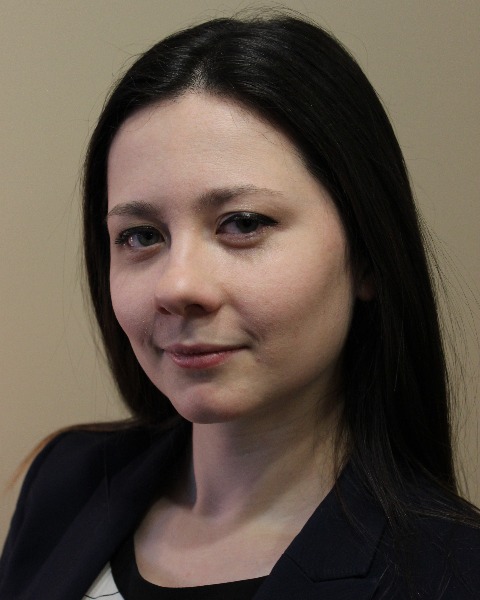Pulmonology
Session: Pulmonology
102 - Self-reported Satisfaction and Knowledge are Improved among Family Caregivers of Children with Tracheostomies after Completing Standardized Pre-discharge Education
Friday, April 25, 2025
5:30pm - 7:45pm HST
Publication Number: 102.6262
Audrey Tilly-Gratton, University of Colorado School of Medicine, Aurora, CO, United States; Jessica A. Dawson, Children's Hospital Colorado, Westminster, CO, United States; Brittany Walter, Children's Hospital Colorado, Centennial, CO, United States; Christy Casey, Children's Hospital Colorado, Aurora, CO, United States; Tracy Edwards, Children's Hospital Colorado, Denver, CO, United States; Meagan Watton, Children's Hospital Colorado, Keenesburg, CO, United States; Abena Opong-Duah, Children's Hospital Colorado, Aurora, CO, United States; Christopher D. Baker, University of Colorado School of Medicine, Aurora, CO, United States

Audrey Tilly-Gratton, MD (she/her/hers)
Pediatric Pulmonology Fellow
University of Colorado School of Medicine
Presenting Author(s)
Background: The continuous presence of trained caregivers is necessary to safely discharge children with tracheostomies to home. Our institution previously published a standardized discharge process including printed education materials. As part of a quality improvement project, caregiver education was revised to include didactic classes with a standard curriculum.
Objective: To describe caregiver satisfaction and self-identified knowledge while obtaining comprehensive tracheostomy education.
Design/Methods: Caregivers of children with tracheostomies completed surveys before and after classes provided through the Ventilator Care Program at Children’s Hospital Colorado between June 2022 and September 2024. Classes were sequentially launched. Surveys were comprised of 5-point Likert scale questions derived from specific class objectives. Global comfort and self-identified knowledge were assessed after each class using a 10-point Likert scale. Each post-class survey included three exploratory questions. Qualitative analysis was performed on free text answers, which were thematically analyzed to create a preliminary framework. Double coding was performed and compared. Once agreement was achieved, a codebook was created and used to code all questionnaires.
Results: Of the 89 children who underwent tracheostomy placement, 73 (82%) had caregivers answer pre- and post-class surveys. Children whose caregivers answered surveys underwent tracheostomy placement at an older age, were less likely to speak English and more likely to speak Spanish (Table 1). We obtained a total of 720 surveys. Caregivers identified a significant increase in knowledge and comfort with all objectives covered throughout the curriculum (Figure 1). Caregivers identified increased global comfort and knowledge after each class. Qualitative analysis identified significant class strengths, including respiratory therapists' knowledge, detailed explanations, interactions, and communication style. The current education curriculum with scenarios, hands-on practice, use of visual aids, and the formal classes are significant strengths. Although most caregivers reported no changes were needed to the current education curriculum, possible improvements to teaching tools and changes in teaching style were suggested. Caregivers identified increased knowledge, confidence, and comfort with tracheostomy care.
Conclusion(s): The current education program significantly improves caregiver confidence and self-perceived knowledge.
TABLE 1: Demographics of Ventilator Care Program Patients and Survey Responses
.png) Data are presented as mean ± standard deviation (SD) or median (interquartile range) unless specified otherwise.
Data are presented as mean ± standard deviation (SD) or median (interquartile range) unless specified otherwise. * p <0.05, ** p < 0.01
FIGURE 1: Self-reported survey of tracheostomy specific skill and knowledge before and after each Ventilator Care Program class (p < 0.05 for all comparisons)
.jpg)

